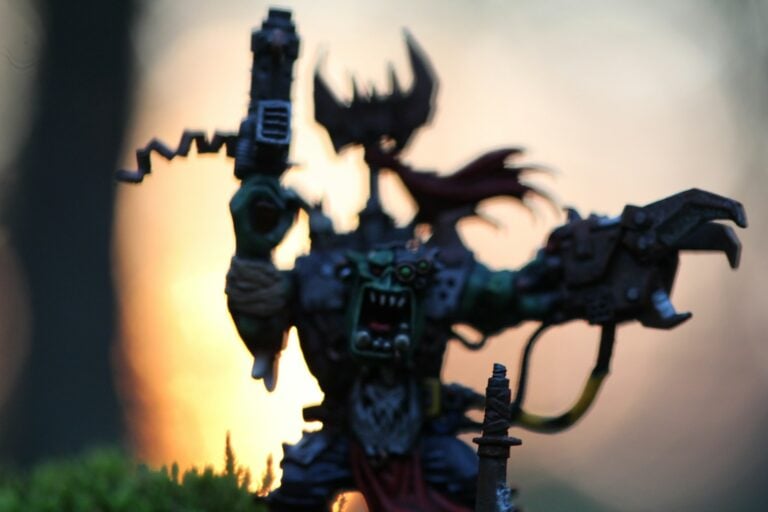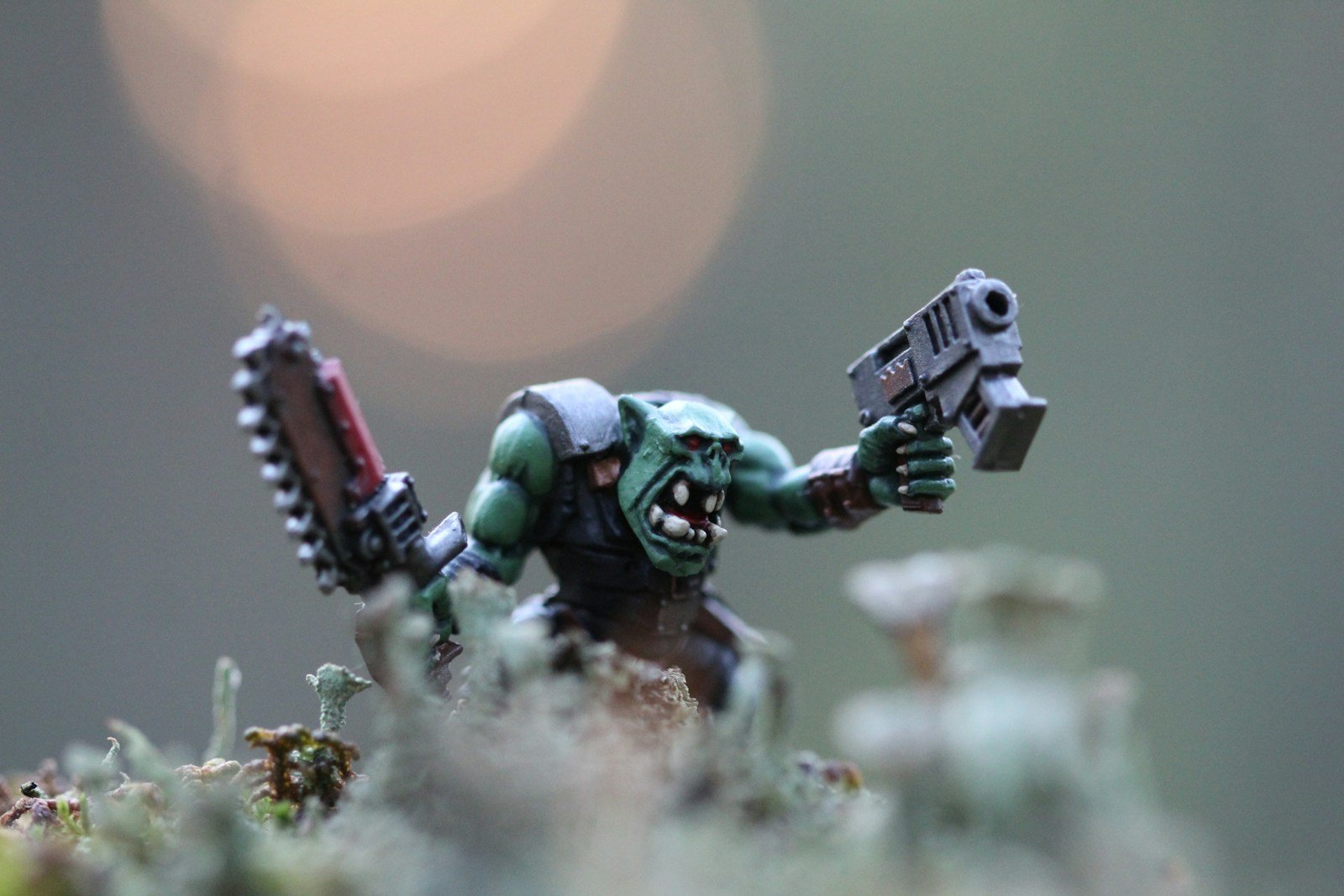In the realm of myth and legend, few figures captivate the imagination like Gorlock the Destroyer. Whether purely fictional or rooted in some semblance of truth, Gorlock’s story has fascinated historians, scientists, and the general public alike. This article delves deep into the legend, exploring its origins, historical references, scientific investigations, and cultural impact. Join us as we unravel the mystery of Gorlock the Destroyer: myth or reality?
At a Glance
- Origins of Gorlock the Destroyer Legend: An examination of the folklore and ancient stories that gave birth to the legend.
- Historical References and Textual Evidence: Insights into historical documents and artifacts that mention Gorlock.
- Scientific Investigations and Discoveries: A look at modern scientific efforts to uncover the truth behind the legend.
- Public Perception and Cultural Impact: Understanding how Gorlock has influenced culture and remains relevant today.
Origins of Gorlock the Destroyer Legend
The legend of Gorlock the Destroyer is said to have originated in the dark recesses of early civilization, emerging as a tale shared around firesides and whispered among the ancients. This mythical figure reportedly possessed immense power, wreaking havoc wherever it went. The story’s origins are linked to several early cultures that inhabited regions now part of modern Europe and Asia. These tales often describe Gorlock as a colossal being with supernatural abilities, feared by all and respected by few.
One of the key elements in the origins of the Gorlock legend is its strong ties to nature and early human fears. Many stories depict Gorlock as a representation of natural disasters, such as earthquakes or volcanic eruptions. In a time when scientific explanations were scarce, attributing these terrifying events to a formidable entity like Gorlock helped communities make sense of their world. Such narratives provided early societies with a framework for understanding the uncontrollable forces that shaped their lives.
The legend also features in various oral traditions, with each culture adding its unique spin to the tale. From the Norse sagas to ancient Asian folklore, the figure of Gorlock the Destroyer has been adapted and morphed to fit the cultural and societal needs of different peoples. This adaptability has allowed the legend to endure over centuries, continuing to capture the imagination of those who hear it.
Historical References and Textual Evidence
Historical references to Gorlock the Destroyer are scattered across several ancient texts, though none provide conclusive evidence of the figure’s existence. Some historians argue that Gorlock may have been a composite of various historical figures or events that were exaggerated over time. Manuscripts from the Middle Ages, for instance, make mention of a “great destroyer” whose presence was both feared and revered by local populations. These writings, however, are often vague and open to interpretation.
Archaeological discoveries have occasionally hinted at the presence of a figure resembling Gorlock. Ancient carvings and artifacts uncovered in parts of Europe depict a monstrous entity engaged in acts of destruction. While these findings are intriguing, they are not definitive proof of Gorlock’s existence. Instead, they suggest that the myth may have been inspired by real events or figures that were later mythologized by ancient storytellers.
The textual evidence for Gorlock the Destroyer is further complicated by the lack of consistent documentation. Written records from the time are scarce, and those that do exist are often fragmented or incomplete. This scarcity means that much of what is known about Gorlock comes from secondary sources or later interpretations. As a result, separating fact from fiction becomes a challenging task for historians and researchers.
Scientific Investigations and Discoveries
In recent years, scientific investigations have sought to uncover the truth behind the legend of Gorlock the Destroyer. Researchers in fields such as archaeology, anthropology, and geology have examined the potential real-world basis for the myth. Some scientists theorize that Gorlock may have been a metaphorical representation of natural disasters, like earthquakes or volcanic activity, which ancient people personified to explain their experiences.
Advanced technologies, including ground-penetrating radar and carbon dating, have been utilized to explore areas linked with the Gorlock legend. These methods have revealed ancient structures and geological formations that could have inspired the legend. However, conclusive evidence proving Gorlock’s existence continues to elude researchers, leaving the legend shrouded in mystery.
Despite the lack of definitive evidence, the scientific community remains intrigued by the Gorlock legend. The ongoing interest underscores humanity’s enduring fascination with myth and the possibility that ancient tales may hold grains of historical truth. While the search for Gorlock the Destroyer continues, the legend serves as a reminder of the deep connection between human culture and the natural world.
Public Perception and Cultural Impact
The public perception of Gorlock the Destroyer has evolved significantly over time. From ancient fears to modern fascination, Gorlock has come to symbolize both destruction and resilience. In literature, film, and art, Gorlock is often portrayed as a formidable adversary, embodying the timeless struggle between good and evil. This portrayal reflects the enduring appeal of the legend, which continues to resonate with audiences worldwide.
Culturally, Gorlock the Destroyer has left a lasting impact. The legend has inspired countless stories, artworks, and interpretations, each exploring different facets of the myth. Festivals and events celebrating the tale of Gorlock can be found in various parts of the world, highlighting the legend’s ability to captivate and unite people across different cultures and backgrounds.
Today, Gorlock the Destroyer remains a powerful symbol in popular culture. Its presence in media and art reflects society’s ongoing fascination with myths and the human tendency to explore the unknown. As new generations encounter the legend of Gorlock, its influence continues to grow, ensuring that the great destroyer remains a pivotal figure in the tapestry of human storytelling.
The legend of Gorlock the Destroyer blurs the line between myth and reality, captivating the imagination of those who encounter it. While historical references and scientific investigations have yet to provide definitive proof of Gorlock’s existence, the legend endures as a testament to the power of storytelling and the human desire to understand the world. Whether a literal figure or a symbolic representation, Gorlock the Destroyer continues to inspire and intrigue, embodying the timeless allure of myth.



0 Comments